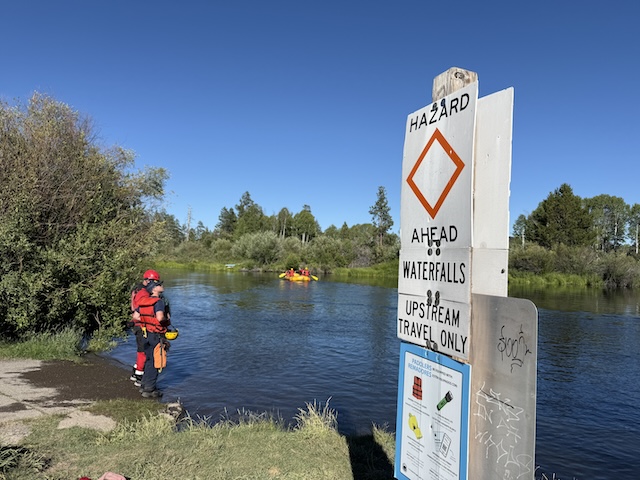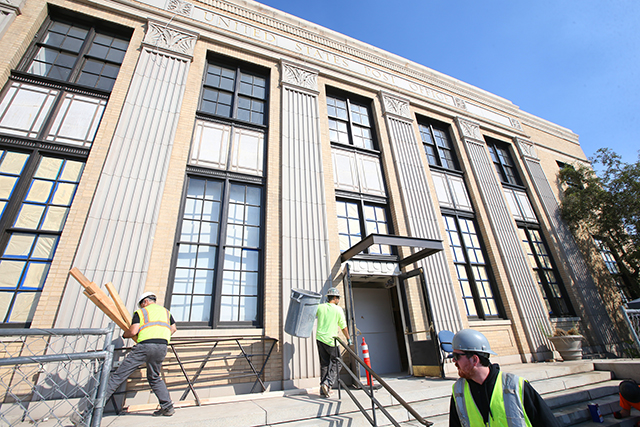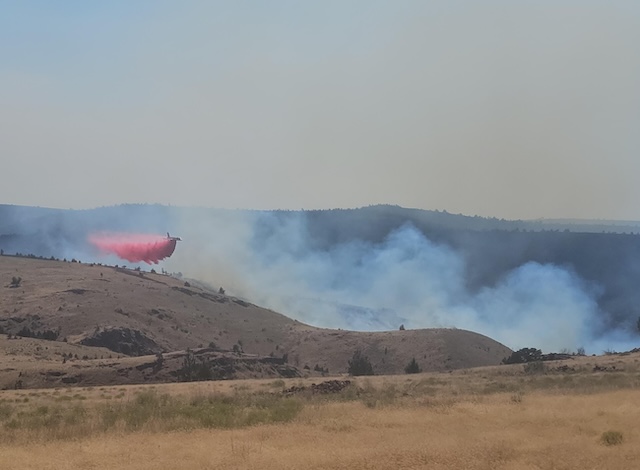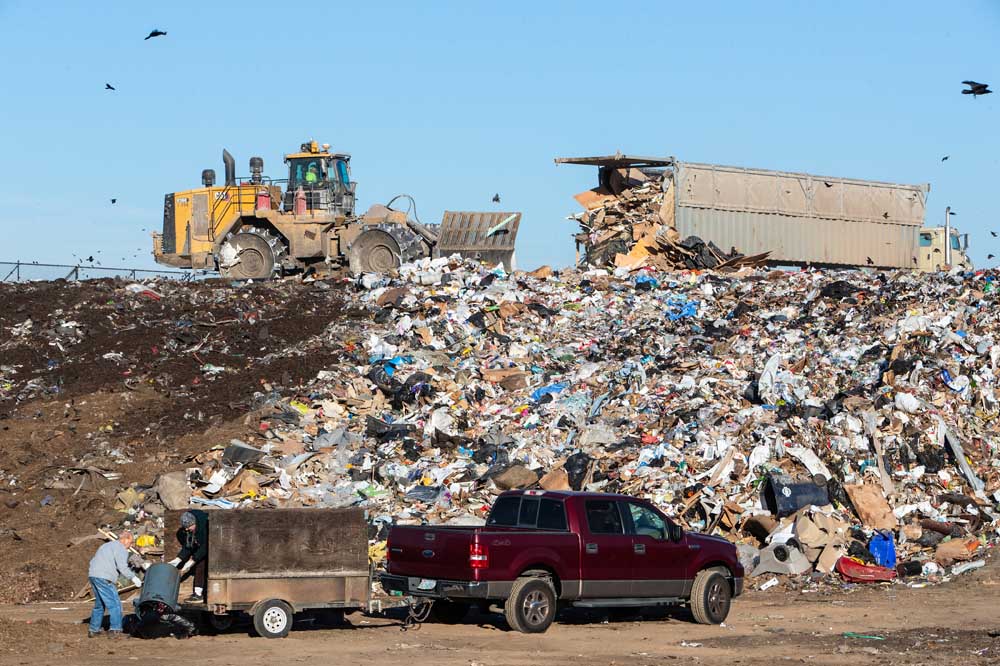Ooze or boom?
Published 5:00 am Sunday, April 11, 2004
When a swarm of hundreds of earthquakes shook the ground near South Sister on March 23, some Central Oregon residents looked back 24 years to May 18, 1980, when Mount St. Helens erupted.
Were the Central Oregon quakes a foreshadow of volcanic activity like that on St. Helens? Didn’t scientists record swarms of earthquakes at Mount St. Helens prior to the eruption?
Trending
The answers to those questions are, ”possibly” and ”yes,” according to Willie Scott, scientist in charge of the Cascades Volcanic Observatory in Vancouver, Wash. Indeed, similarities exist between the Washington volcano and South Sister, he said.
But those likenesses are few, he said. And the earthquakes recorded near South Sister in March are a far cry from those that heralded the deadly St. Helens eruption.
Rather, the Central Oregon quakes are simply indications of a growing bulge, an earthly uplift taking place about three miles west of South Sister, Scott said.
”The earthquakes near the South Sister were small ones, nothing like the ones that preceded Mount St. Helens’s eruption,” he said. ”The only similarities are that they are both volcanoes, and they both had a movement of magma.”
After that, the likenesses end.
For instance, the activity on Mount St. Helens occurred near the surface of the northwest flank of that volcano. There, the earth bulged at a rate of about 5 feet per day in the two months preceding the explosion, Scott said.
Trending
Here in Central Oregon, scientists have seen an earthly uplift, commonly known as ”the bulge,” grow about eight inches since 1997, he said.
The bulge here covers an area of 150 square miles and has a width of about 12 to 14 miles, he said.
The one on St. Helens was very localized on the northwest flank of the volcano and was visible to the naked eye.
In short, scientists do not expect South Sister to blow the same way Helens did.
”The most likely outcome of the current unrest at the Three Sisters is for it to go away,” Scott said. ”The least likely outcome is that – in the short term of months or years – that we will be moving toward an eruption. The probability of this progressing to a St. Helens-scale event is very, very low.”
Scott makes those claims with confidence. Bolstered by information and data yielded from high-tech, sophisticated equipment that did not even exist in 1980, he quickly points out that scientists today have an advantage over those of yesteryear.
But they don’t know exactly how the activity on the South Sister compares to the activity that might have occurred years prior to Mount St. Helens’s eruption.
”Maybe what we are seeing now in the Sisters is what was happening in St. Helens in the 1960s,” Scott said. ”We have no way of knowing.”
Scott said officials must closely monitor the South Sister’s activity in order to be prepared.








